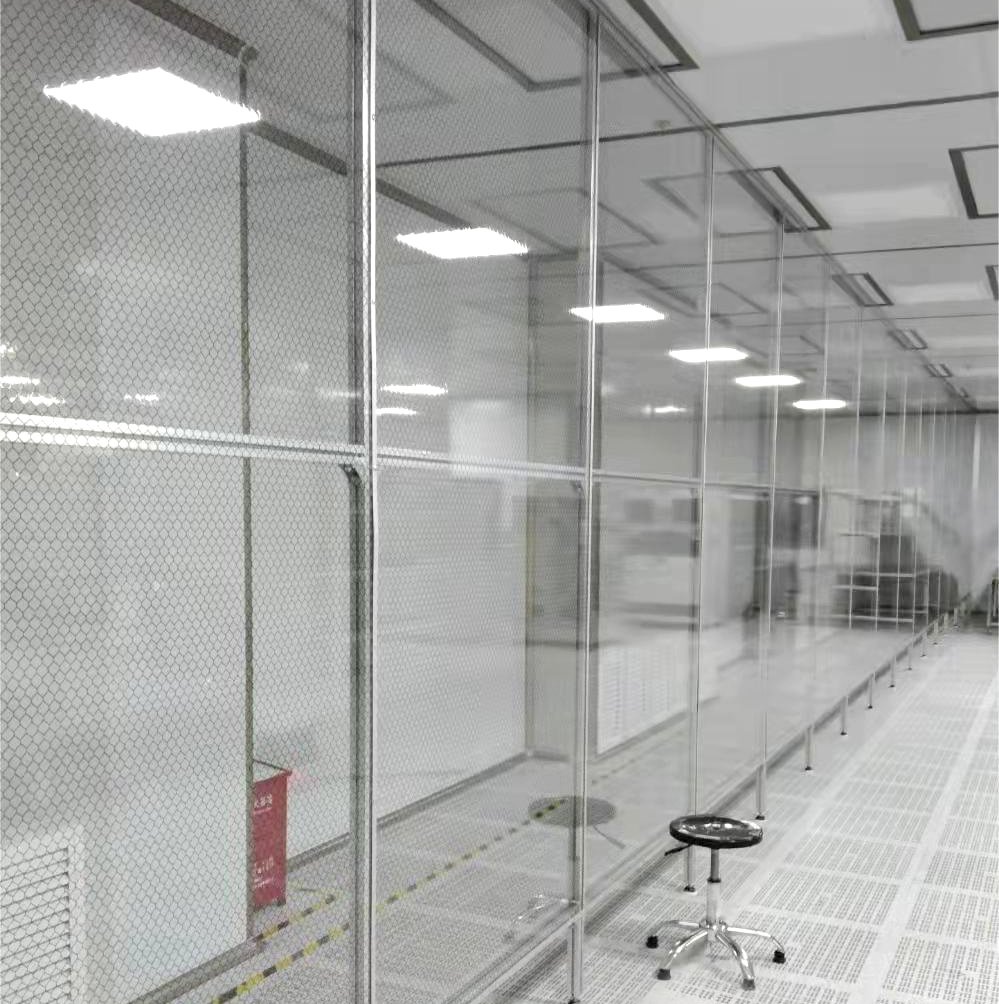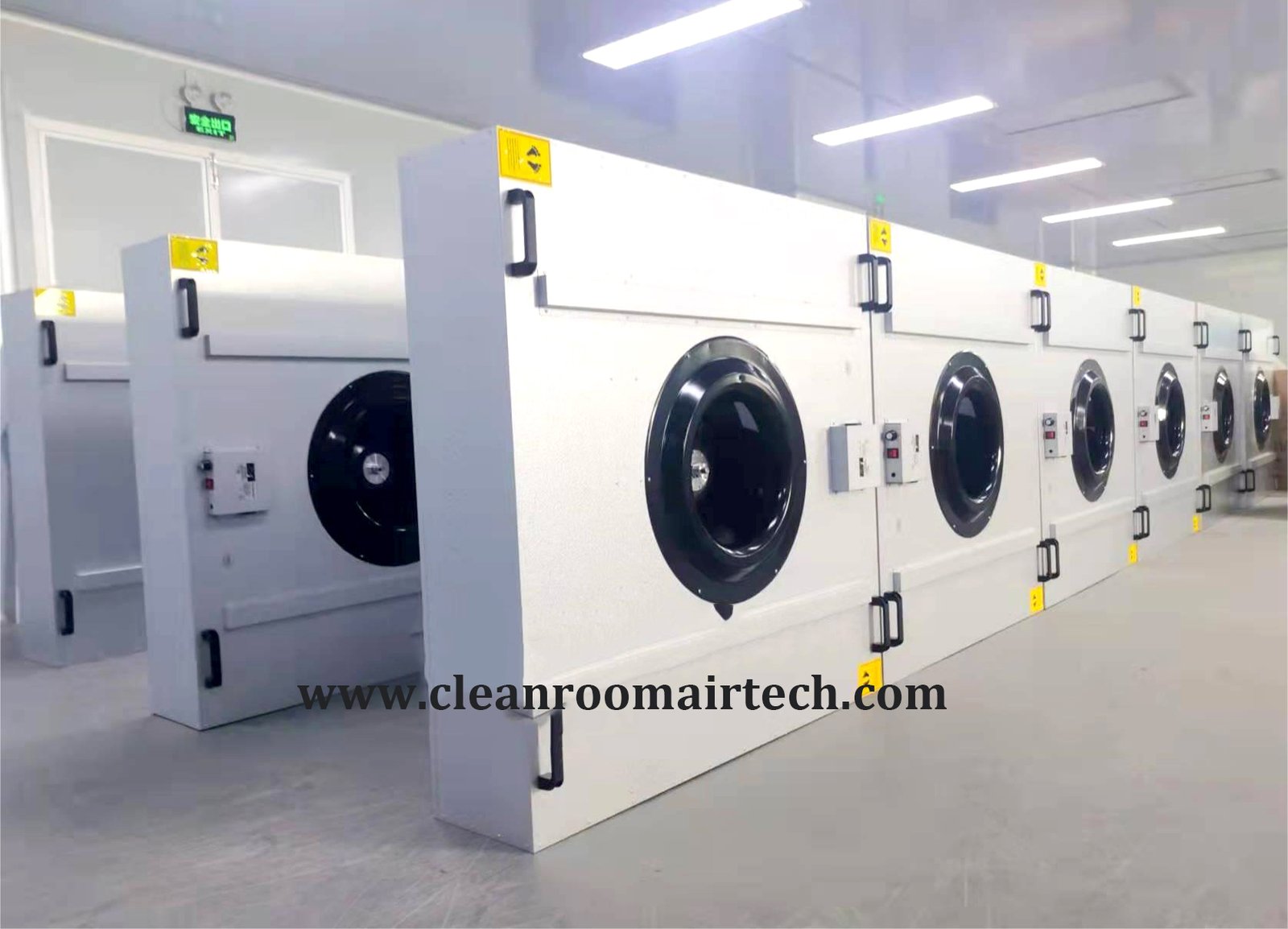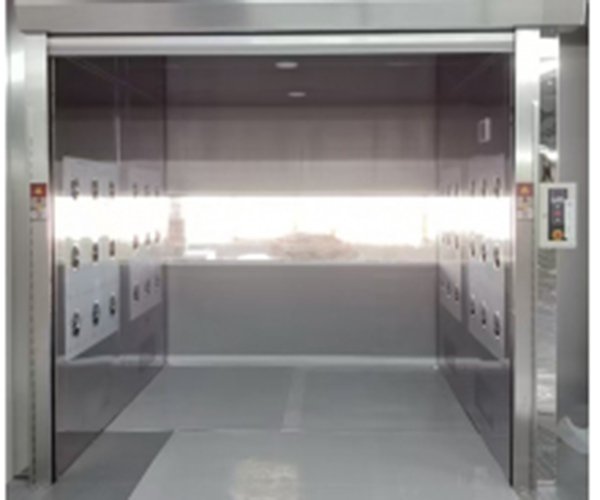If your facility handles sensitive products or equipment, maintaining a contamination-free environment is a top priority. That’s where high-speed air shower systems come into play. These systems are essential for removing dust, debris, and other contaminants from people or cargo before entering clean environments. In this guide, we’ll walk you through the 7 most important steps to properly operate and maintain an automatic-door air shower system—and how you can enhance efficiency, safety, and cleanliness in your workspace.
Step 1: Powering Up the System Safely
Before operating any air shower system, you must ensure it’s connected to a 380V, 50Hz power supply. Switch on both the main power and lighting. Once the internal fan and lighting start working normally, the unit enters standby mode. From here, operators can begin regular entry or exit procedures.
Proper startup ensures the entire disinfection cycle functions smoothly. If your power connection is unstable, it could affect airflow speed and sensor response time—key elements in maintaining a sterile entry point.
Step 2: Entering the Air Shower
The entry process is designed for both efficiency and safety:
- Press the manual entry button.
- The entry door opens automatically.
- Once you enter the chamber, a built-in anti-pinch sensor detects motion.
- If no person or cargo is detected within 5 seconds, the door will automatically close.
This sensor-based system reduces human error and prevents contaminants from flowing in or out during door transitions. Once the chamber is sealed, the air nozzles activate.
Step 3: The Blowing Cycle Begins
Inside the chamber, powerful nozzles blow filtered air at a velocity of 20–25 m/s. This airflow effectively removes loose particles from people or items. The duration of the blow cycle is adjustable from 10 to 99 seconds, with a factory default of 15 seconds.
This step is crucial—it ensures that nothing unwanted enters your cleanroom. For many industries, this level of air purification is the difference between safe and contaminated products.
Step 4: Exiting the Air Shower Systems
Once the blowing cycle ends:
- The exit door opens automatically.
- As soon as the person or object exits the chamber, the anti-pinch sensor activates again.
- After confirming no presence inside, the door closes after 5 seconds.
This seamless automation minimizes the risk of cross-contamination and saves labor time. It also ensures the system resets quickly for the next use.
Step 5: Alternate Exit-to-Entry Procedure
In some workflows, users may need to re-enter a cleanroom through the exit door. The process is nearly identical, using smart sensors and door interlocks to guide the user:
- Press the exit button.
- Enter the chamber as the exit door opens.
- Once inside, the door automatically closes and the entry door opens.
Automation like this keeps high-traffic zones efficient while maintaining strict cleanliness protocols.
Step 6: Crucial Safety Guidelines
To prevent damage or accidents, remember these key safety practices:
- Door Interlocks: Never force open one door while the other remains open or unlocked.
- During Blowing: Do not open any doors while the system is blowing air. Use the emergency stop switch only in case of danger.
- Emergency Recovery: After pressing the emergency stop, the system resets itself in 3–4 minutes. Press any key to resume normal function.
- Maintenance Caution: Before opening any panels for repair, disconnect the power and remove fuses to prevent electric shock.
- Post-Blow Restraint: Don’t force doors open after the blow cycle. Wait for the system to complete its shutdown.
- Trained Personnel Only: Only authorized operators should adjust or move nozzle directions or other system parts.
Step 7: Choose the Right Model for Your Facility
Selecting the right cleanroom air entry system isn’t just about air speed or sensor quality—it’s about reliability. Our High-Efficiency Automatic Air Shower System and Industrial-Grade Air Shower Tunnel are trusted by manufacturers worldwide for maintaining strict hygiene protocols.
These models feature robust safety designs, sensor accuracy, and customizable airflow cycles, making them ideal for pharmaceutical plants, semiconductor facilities, and food processing centers.
Conclusion
By following these 7 powerful steps, your team can operate your air shower system with maximum safety and performance. From startup to shutdown, each phase is optimized for contamination control, energy efficiency, and streamlined workflow. Whether you’re upgrading your current system or setting up a new cleanroom, using an intelligent cleanroom air entry system is a smart investment in quality and compliance.





